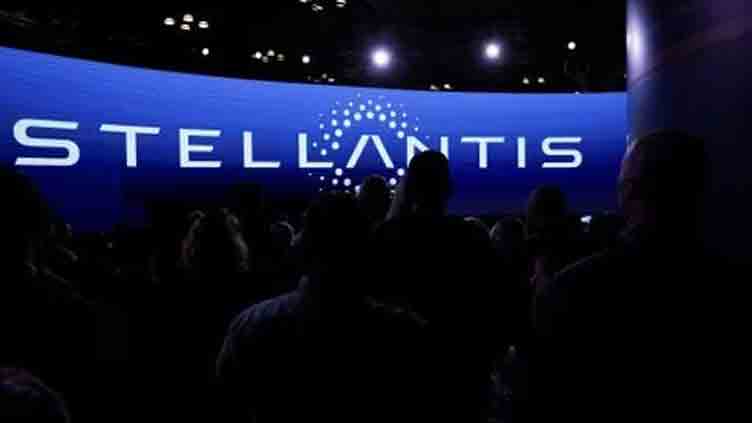Stellantis uses Amazon cloud to cut in-car software development to a day

Technology
Says it can now create realistic virtual versions of car controls and systems
LONDON (Reuters) - Stellantis (STLAM.MI) said on Tuesday using Amazon's (AMZN.O) computing power and BlackBerry (BB.TO) technology it has developed a "virtual cockpit" to create and test new versions of car controls and systems in a day instead of months.
Stellantis said that it can now create "realistic virtual versions of car controls and systems, making them behave just like they would in a real car, but without needing to change the main software that runs them" taking months of development time "down to 24 hours in some cases".
The world's third-largest automaker by sales and Amazon announced a partnership in 2022 for Stellantis to use Amazon Web Services to develop software-based products for its cars and provide regular over-the-air updates.
"With our virtual cockpit, we're revolutionizing not just our approach, but also that of our suppliers and partners in the industry," Stellantis chief software officer Yves Bonnefont said in a statement. "We're able to get closer to our customer's needs through this technology with faster development cycles."
Legacy automakers are under pressure to speed up vehicle development cycles from new Chinese electric vehicle makers who are able to churn out new models in a fraction of the time.
Chinese EV makers have also led the way in producing in-vehicle infotainment and software, turning their cars into smartphones on wheels.
Using BlackBerry-developed tools, Stellantis said the virtual platform "offers little to no difference between running" systems "in the cloud versus on real hardware."
Formerly focused on hardware and devices, Canadian technology company BlackBerry now focuses on enterprise software and cybersecurity.
Stellantis said it can also speed up customer feedback on a particular brand and vehicle, and "make changes in real time to optimize the experience for the driver."


